During the 1204 siege and eventual sack of Constantinople by the Christian vandals, the Empire of Trebizond was formed by Alexios and David, rebellious grandsons of the Byzantine Emperor Andronikos Komnenos. Trebizond, together with Nicaea and the Despotate of Epirus entered a power struggle to vie for what was left of the Byzantine Empire. The rulers of all three states called themselves ‘Emperor and Autocrat of the Romans’. The Aya Sofya (41.002419,39.695642), a gorgeous church that shows the influence of Selçuk architecture, was built between 1238 and 1263 as the centrepiece of what was planned to be the new empire. The reconquest of Constantinople by the kingdom of Nicaea put an end to that particular squabble although Trebizond was always uncomfortable between powerful and avaricious neighbours. Despite a period of adroit diplomacy based on a tactic of marrying allegedly beautiful daughters to potential allies, the Ottomans finished off the Empire of Trebizond in 1461, 8 years after they had taken Constantinople.
In summer 2016, Koc University held an exhibition on Ayasofya, its frescos and the general religious atmosphere of the place when outsiders began to study it in the late 19th and early 20th centuries. It brought together a great many objects and images and provided a serious academic view of Trebizond and its legacy.

Categories: Uncategorized | 1 Comment »
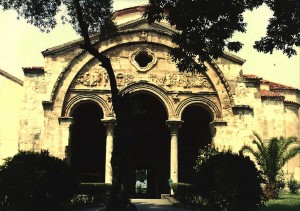
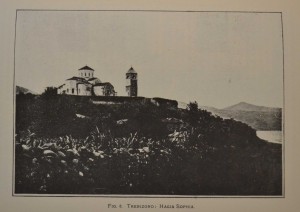
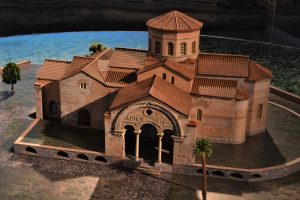
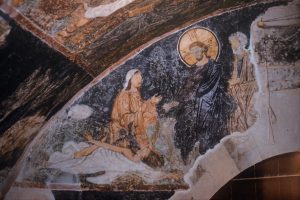
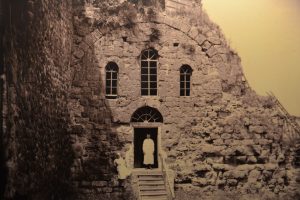
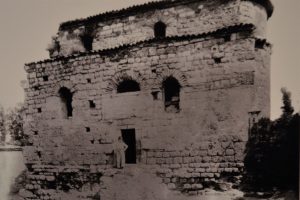
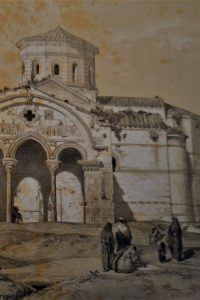

June 30th, 2014 at 12:34 pm
[…] Aya Sofya, Trabzon (Trebizond) […]